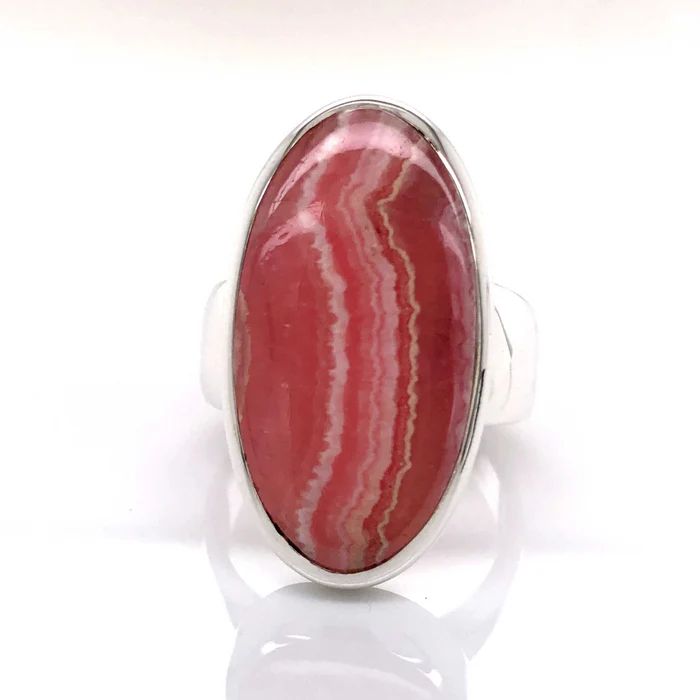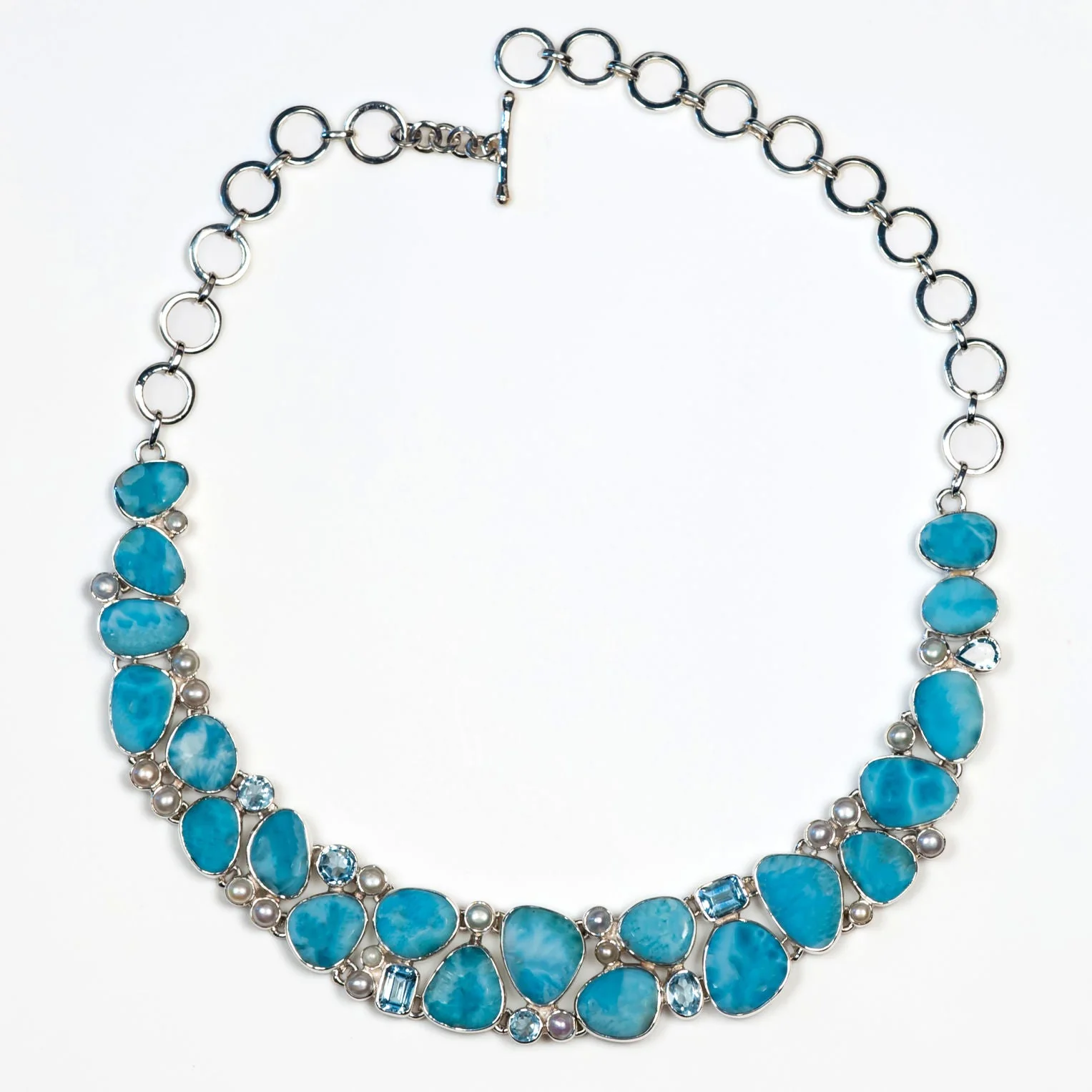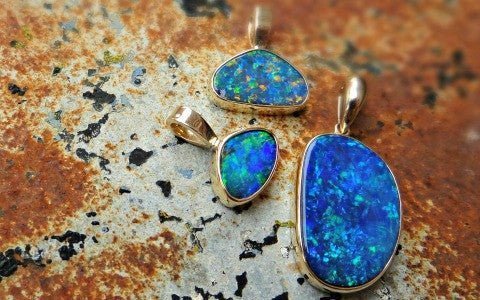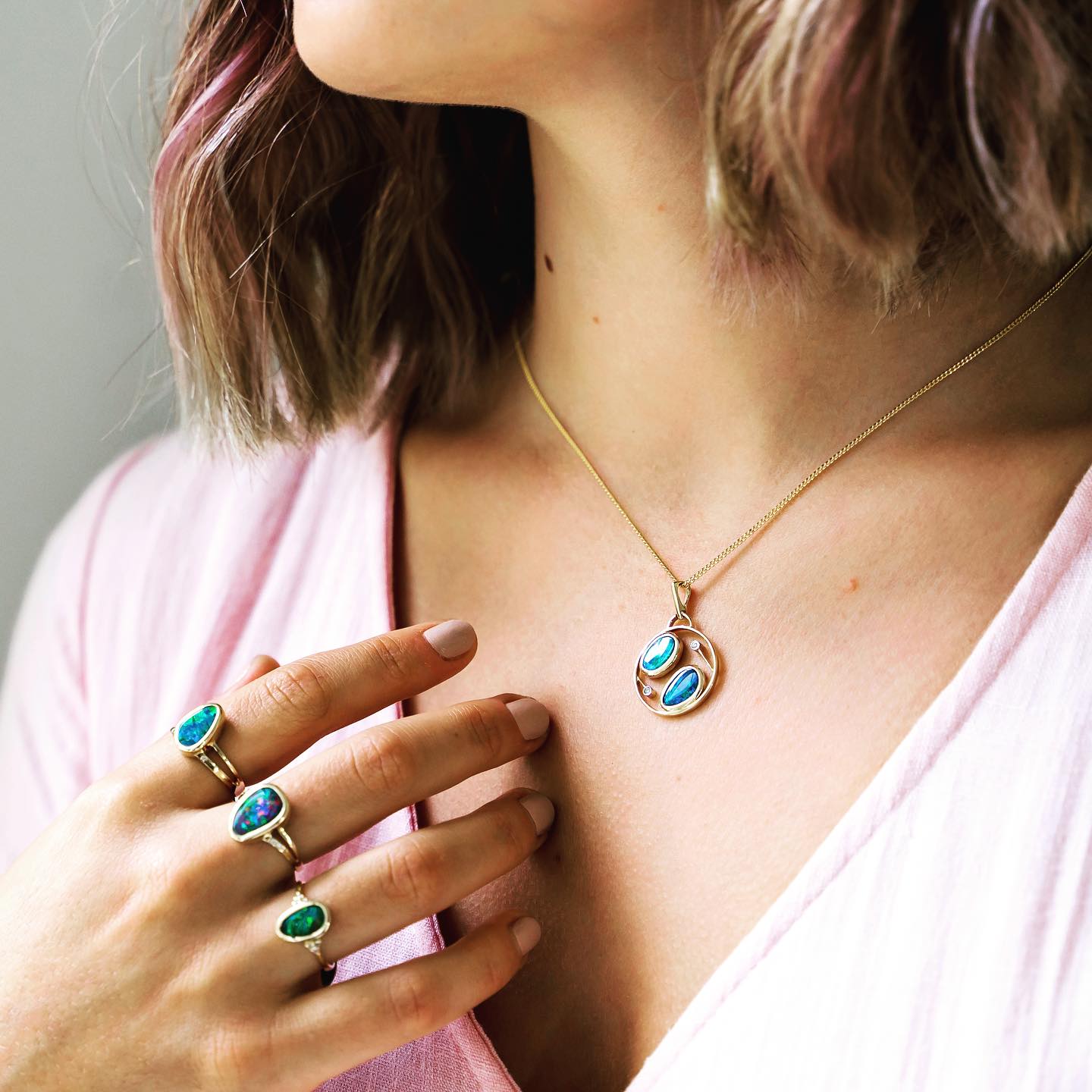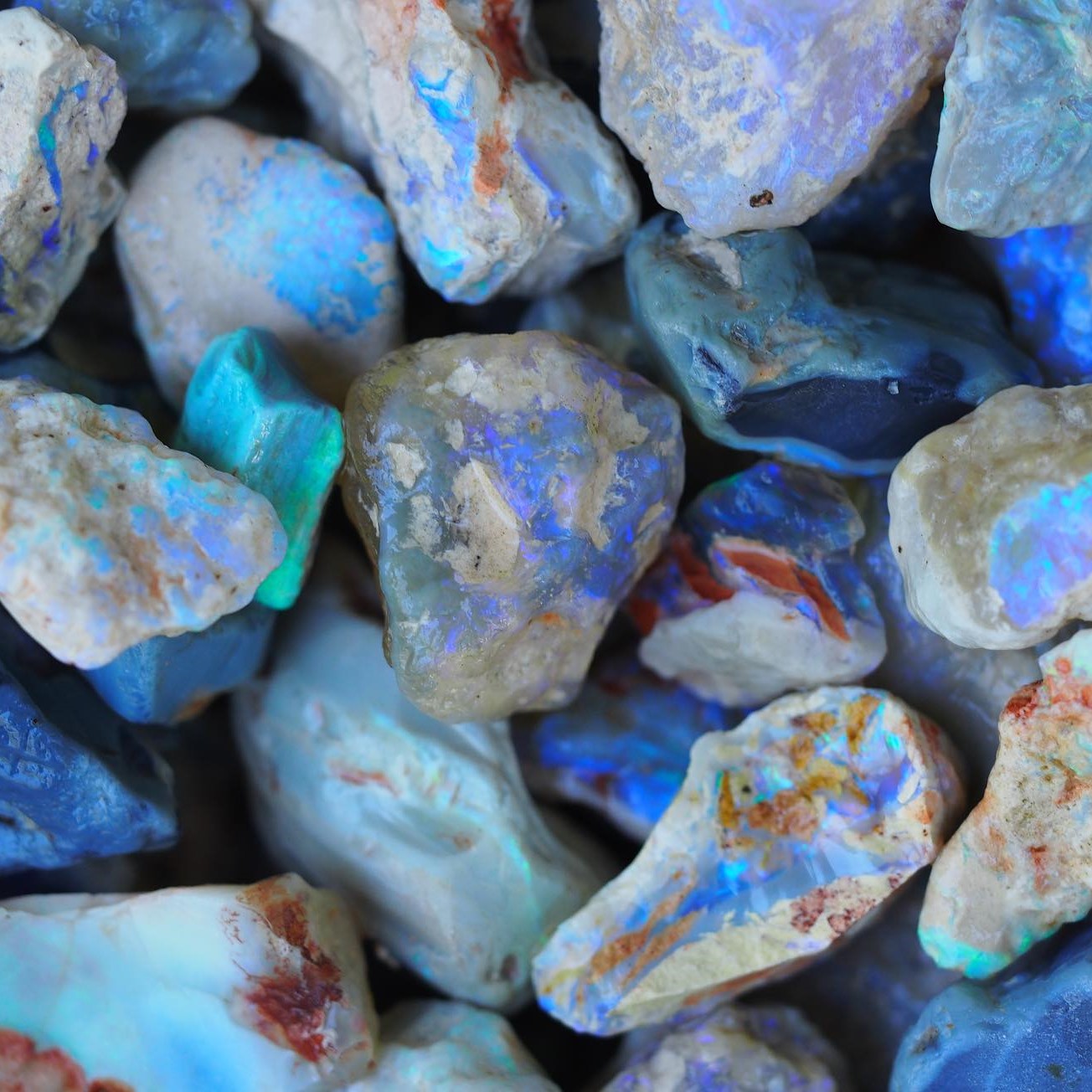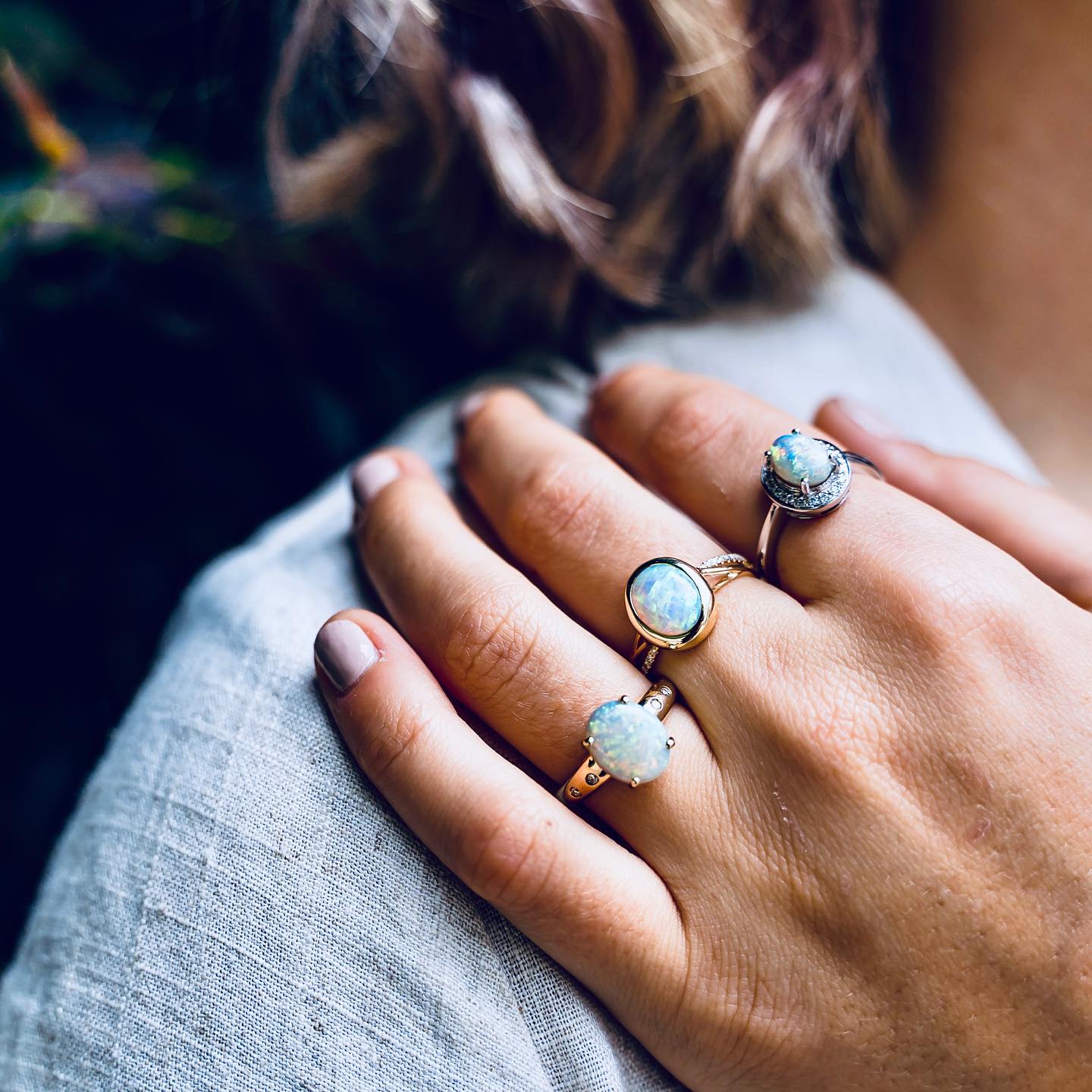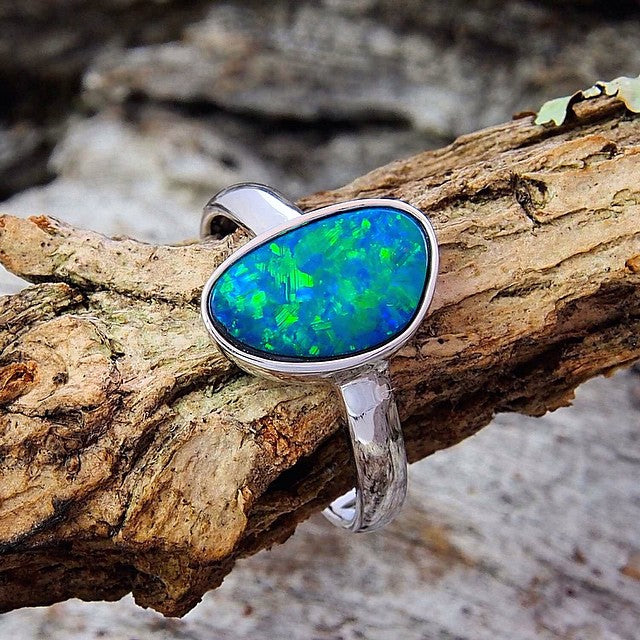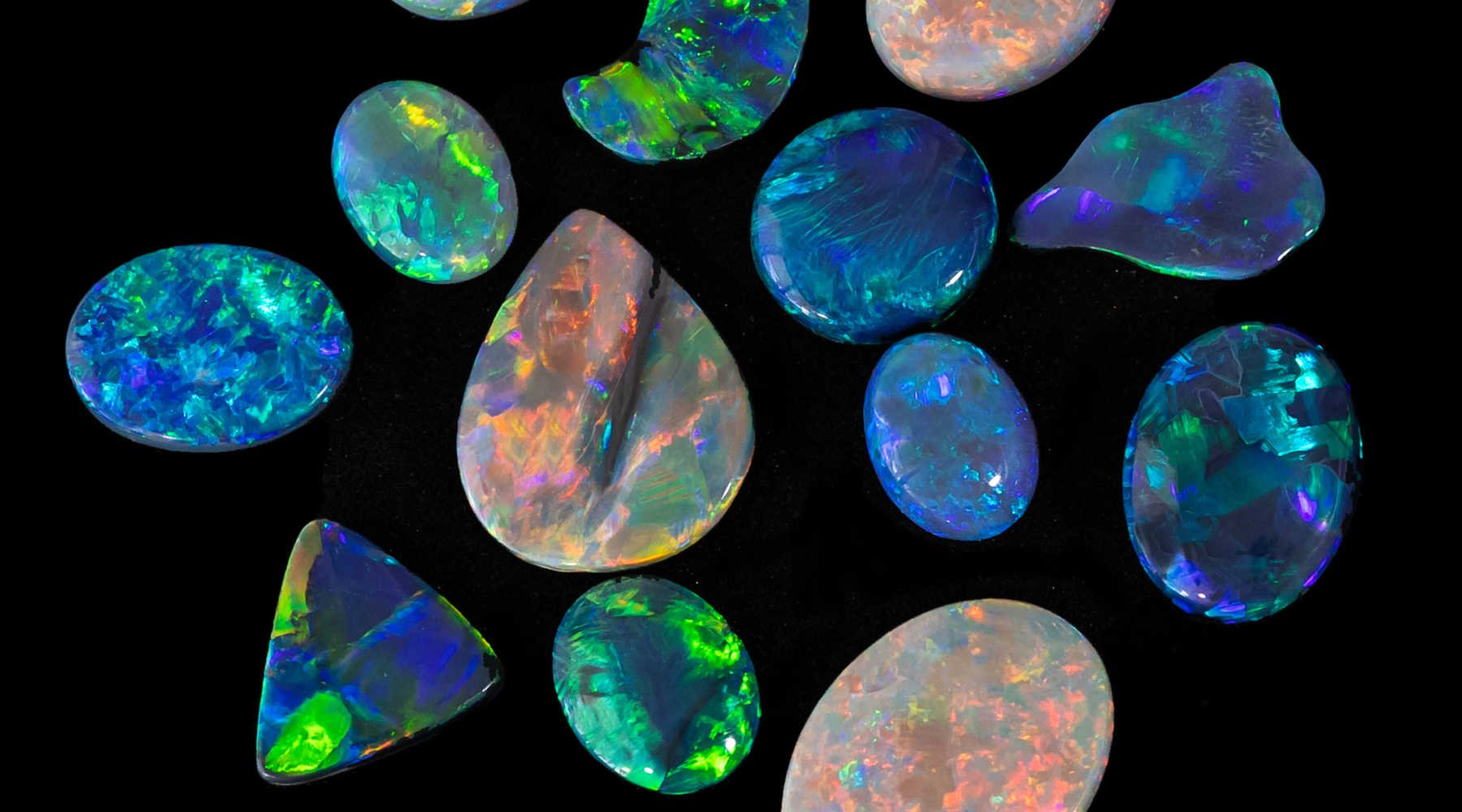
What Types of Opals Can You Buy?
With their breathtaking spectrum of colours and intricate patterns, the different types of opal found in Australia are as diverse as they are beautiful. Renowned as The Queen of Gems, opal is one of the world’s rarest and most captivating gemstones—and Australia is the world's leading producer of commercial, gem grade solid opal, producing over 90% of the global supply.
From deep blues and vivid greens to fiery reds, neon pinks, and every colour of the rainbow, each opal is a one-of-a-kind natural artwork. Equally fascinating are their distinctive patterns, with intriguing names like Harlequin, Flower Garden, Rolling Flash and Pinfire, each adding to the stone’s uniqueness and value.
While many factors influence value—including colour, brilliance, cut, body tone and carat weight—its the opal type that is the most important indicator of rarity and price. Opals are generally classified into three main forms: solid opals, doublets and triplets. This guide draws on our almost 60 years of experience in the Australian opal industry to provide a comprehensive overview of these types of opal in detail so you can recognise each kind and choose the perfect opal for your needs.
Types Of Australian Opal
SOLID OPALS
Solid opals are natural gemstones cut and polished from a single piece of opal. These opals have been mined straight from the ground as a rough piece of opal-bearing rock, and are the most valuable and durable of all opal types. Australia is recognised as producing the finest solid opals in the world—ethically mined by small teams in outback locations such as Lightning Ridge or White Cliffs in NSW; Coober Pedy in South Australia; and Winton, Jundah and Opalton in Western Queensland.
There are four types of solid Australian opals—black opal, white or light opal, crystal opal, and boulder opal.
BLACK OPAL
Found only in Australia, mainly at Lightning Ridge in outback New South Wales, black opal is the world's rarest and most valuable type. Ablaze with a rich and vibrant rainbow of colour set against a dark or black body tone, this type is highly prized for its intense spectrum and features in the world's finest jewellery collections. If a body tone is dark but not truly black, it is known as semi-black or dark opal.

A collection of Lightning Ridge black opal gemstones
WHITE or LIGHT OPAL
Found mainly at Coober Pedy and Mintabie in South Australia and White Cliffs in New South Wales, precious white or light opal usually features a softer, more pastel range of colours than its darker counterpart. This type has a white or light body tone, and can also be referred to as milky opal.
CRYSTAL OPAL
Featuring a translucent, light body tone, crystal opal has earned its name because of its resemblance to rock crystal or glass due to its translucency or transparency. Hold this gem up to the light and observe some light passing through this beautiful stone. Another interesting feature is the orange glow its body holds if you shine a light through it from behind. Some dark and black opal can exhibit translucency too, and this is called black crystal opal.
BOULDER OPAL
Found mainly in Western Queensland, this beautiful variety is similar in appearance to black opals but forms naturally in cavities within brown-red coloured ironstone or ‘boulder’. This ironstone rock is often included on the back of the cut and polished gemstone. Colour rich and featuring a dark body tone, boulder opal has become one of the most popular types of Australian gems for opal jewelers to set into jewelry.

A collection of rough and cut Queensland boulder opal
DOUBLET & TRIPLET OPALS
Doublet and triplet opals are composite stones that comprise a slice of natural opal layered with other materials to create the look of a natural solid black opal. A triplet is a thin slice of colourful light opal sandwiched between a clear domed quartz capping and a black backing, which is usually a layer of dark non-precious opal known as ‘potch’. A doublet is similar to a triplet but without a quartz capping.

A doublet opal, which is a slice of natural Australian opal on a black backing
Precious Opal vs. Common Opal
Opals fall into two broad categories—precious opal and common opal—and the difference lies in their colour. Precious opal displays a unique phenomenon called play-of-colour, where spectral flashes of red, green, blue, and other hues shift as the stone moves under light. This optical effect is caused by microscopic silica spheres within the gem that diffract light. Precious opal includes all the major Australian varieties—black, crystal, white and boulder—and is prized for use in fine jewellery.
Common opal, also called potch, lacks play-of-colour and instead appears as a solid black or milky colour. While less valuable, common opal can still be attractive in pastel shades like pink, blue or green, and is sometimes used in decorative jewellery. Unlike precious opal, its value is based on colour, clarity and polish rather than optical effects.
Australian vs. Ethiopian Opal
Australian opal is considered the world’s benchmark for quality, prized for its stability, durability, and vibrant play-of-colour. Mined in regions such as Lightning Ridge (black and crystal opal), Coober Pedy (white opal), and Queensland (boulder opal), these stones are formed over millions of years in ancient sedimentary rock. Australian opals are valued for their consistency, with colours and patterns that remain stable over time when properly cared for.
Ethiopian opal, discovered in the 1990s, is a relative newcomer to the global market. It is often a hydrophane opal, meaning it can absorb water, which can temporarily alter its appearance. While Ethiopian opals can display vivid colour play at an often lower price point, their porous nature means they require extra care to prevent long-term damage. Collectors and jewellers often prefer the quality, rarity and durability of Australian opals over Ethopian stones.
Finding the Right Type of Opal for You
From the rare and valuable black opal to the glowing beauty of crystal opal, the earthy charm of boulder opal, and the classic elegance of white opal, the different types of opal each have their own unique appeal. Understanding whether a stone is a solid opal, doublet, triplet, or even precious vs. common opal will help you choose a gem that suits your style, budget and lifestyle. Australian opals remain the gold standard for stability, brilliance and long-term value, and are the number one choice globally for those seeking an opal or opal jewelry piece.
About the Author
Growing up on the opal fields of Lightning Ridge and working in her family’s opal business for much of her life, Black Star Opal founder Olivia Deskoski brings deep, first-hand knowledge and rare expertise to Australia’s opal industry. Her qualifications include gemmology and diamond technology studies with the Gemmological Association of Australia, a Master’s in Journalism, and extensive experience in e-commerce and marketing communications. In 2015, Olivia created the world’s first opal-themed light installation for Vivid Sydney and has helped raise $1 million for the new Australian Opal Centre at Lightning Ridge.

